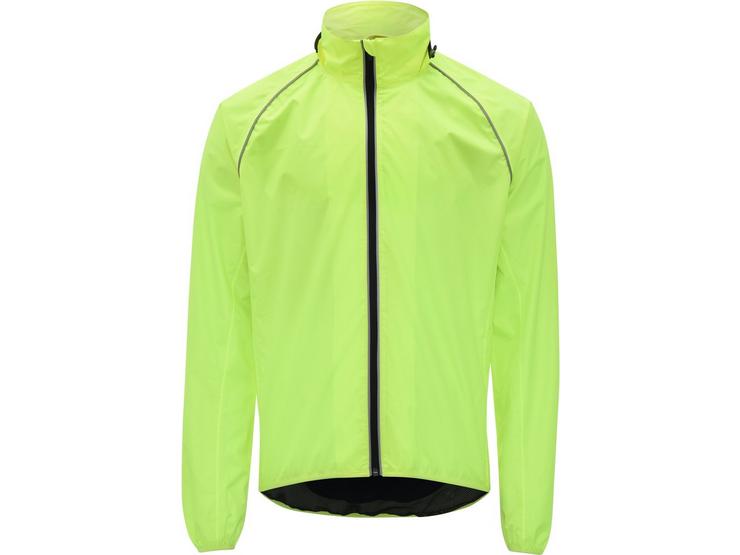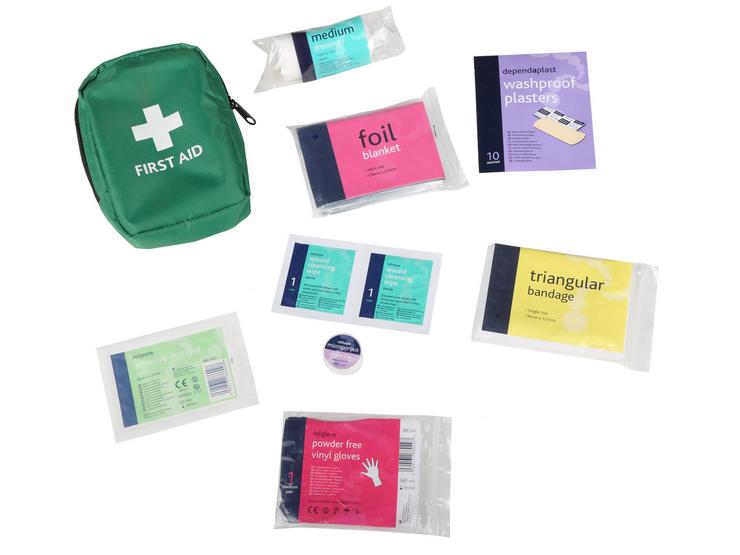The winter months shouldn’t stop your cycling adventures, and just because it’s darker in the evenings, you shouldn’t feel like you can’t get out and enjoy your favourite mountain trails.
Cycling in the winter is all about making reasonable adjustments so that the fun doesn’t have to stop. In this blog, we’ve compiled our top tips for cycling in the dark to help you stay safe and keep the pedals turning.
Light it up
When it comes to lighting, you can’t skimp on quality. Having a light on your handlebars with at least 1,000 lumens will ensure you get the best view of the trail ahead.
We recommend the Mega Drive 2400+ as this light delivers 2,400 lumens of output for over two hours of serious night riding. It offers eight output modes so you can choose the perfect brightness, and its five LEDs are highly effective for high-speed riding over varied, bumpy terrain, making it perfect for rocky trails!
For a better view ahead, particularly around bends, a helmet-mounted light such as the Knog Blinder Pro 900 Front Light paired with the Blinder Pro Helmet Mount is an excellent addition. It allows you to see further ahead so you can better judge when to turn, accelerate and stop.
Charge your devices
Before heading out on your night ride, make sure all your important devices are fully charged so you can stay connected to the rest of the world in case of an emergency. It’s also a good idea to take a power bank and charging lead with you. This way, if any of your devices run out of charge, you can easily top them up while on the ride.
When riding at night, we recommend finding a fellow cycling enthusiast to join you. If you encounter any mishaps or a puncture, you’ll have someone there to help. Plus, riding with a friend is always more fun. If you don’t have anyone to go with, let friends or family know your route and expected return time.
Remain visible
If you’re riding your bike at night, bright and reflective gear is essential. Be mindful of others using the trails at night, such as other cyclists, hikers, or dog walkers and always wear clothing that is easy to be seen in, especially if there are areas of the trail where you need to cross roads or pathways.
Adding reflective stickers to your bike is an excellent idea, as well as wearing reflective clothing such as the Altura Nightvision Unisex Windproof Fleece Cycling Gloves or a hi-vis jacket like the bright yellow Ridge Unisex Waterproof Jacket which can be easily slipped over your mountain biking gear.
Bright or reflective clothing and accessories help ensure you’re visible in low-light and bright conditions, so it’s important you consider this every time you ride, not just at night.
Practice the trail
When riding in the dark, it’s best to stick to familiar trails. Unknown routes can hide unexpected obstacles such as rivers, ledges and uneven paths which can be tricky to tackle in the dark. Plus, getting lost in the dark is far trickier than in daylight!
If you’re determined to try a new trail, study a map beforehand, check it out on foot in the daytime, and always bring a GPS device. A good option is the Garmin Edge Explore 2 GPS Cycle Computer, which features a bright 3” touchscreen display and an impressive 16-hour battery life, making it a reliable bit of kit.
We also recommend practising night riding gradually, so start with short rides close to home to build up your confidence, test your equipment, and fine-tune your setup before heading deep into the trails.
Slow down
We know most mountain and trail riders are thrill-seekers, but at night, it’s best to slow down and stick to straight, easy-to-follow paths, and don’t try any crazy jumps or new tricks as this could result in a few broken bones. Your vision and reaction times are significantly reduced in the dark, so be mindful of this when it comes to setting your speed.
Be especially cautious on descents and technical sections, as changing terrain, loose rocks, or fallen branches may have appeared since your last visit and could catch you off guard.
Check the weather
Before you head out, check the weather to make sure conditions are safe. Avoid riding in fog, high winds, heavy rain, or snow.
We know that the UK weather can be unpredictable, but it’s best to wait for dry, clear evening for night rides. Riding in snow can obscure the path, while wind and rain can make trails slippery and dangerous. By checking the forecast, you can also dress appropriately and ensure you stay warm as the temperature drops into the night time.
Pack the essentials
Before you head out, grab a backpack and fill it with all the essentials, so if a tricky situation arises, you’ll have the right kit to tackle anything. On our kit list, we recommend packing a multi-tool in case you need to tighten components, a spare inner tube and a tyre pump to tackle any flats.
We know that when it comes to trail riding, bumps and scrapes aren’t uncommon, which is why packing a compact first aid kit like the Halfords Essentials Compact First Aid Kit to help combat any minor injuries if they occur!
Arguably, the most important kit to pack is water and snacks – so take a couple of water bottles and some energy bars to keep you going if you’re going to be out for a few hours.
Now that you know what essentials you need for riding your bike in the dark, get out there and enjoy it.
Nocturnal mountain biking offers great new experiences, and you may even encounter some new animals along the trails! Plus, don’t forget you can shop in-store or online today at Halfords.com for all your cycling needs.







